After days of anticipation, the chimney of the Sistine Chapel once again emitted white smoke, announcing to the world that the Catholic Church had elected its new leader. Minutes later, Cardinal Dominique Mamberti appeared on the balcony of St. Peter’s Basilica to pronounce the traditional “Habemus Papam!”. The chosen one: Robert Francis Prevost, who will assume the pontificate under the name of Leo XIV.
The news unleashed a wave of jubilation in St. Peter’s Square and among millions of Catholics around the world. It was not only the election of a new Pope after the death of Francis on April 21, but a historic milestone: Prevost is the first American and the first member of the Order of St. Augustine to become Supreme Pontiff.
From Chicago to the heart of the Vatican
Born on September 14, 1955 in Chicago, Robert Francis Prevost grew up in a Catholic family with blue-collar roots and a mix of French-Italian and Spanish ancestry on his mother’s side. From a young age he showed a religious vocation that led him to enter the Order of St. Augustine and was ordained a priest in 1982.
His academic formation is extensive and diverse: he obtained a degree in Mathematics at Villanova University, studied Theology at the Catholic Theological Union and received a doctorate in Canon Law at the Pontifical University of St. Thomas Aquinas in Rome. But beyond his degrees, what really marked his path was his experience as a missionary in Latin America.
A missionary vocation in Peru
For more than a decade, Prevost lived and worked as a missionary in Peru, in places such as Chulucanas, Trujillo, Iquitos and Apurimac. There he was not only a teacher and formator of seminarians, but also led a pastoral ministry close to the poorest communities, focused on the defense of human rights, spiritual accompaniment and work with the peripheries.
In 2014, Pope Francis appointed him bishop of Chiclayo, consolidating his role as a reference within the Latin American clergy. In those lands, he developed a humble and direct pastoral style, far from formal protocols and more focused on the social reality of the people.
Rise in the Vatican and relationship with Pope Francis
His closeness with Pope Francis was key to his rise within the Roman Curia. In January 2023, Francis appointed him prefect of the Dicastery for Bishops, one of the most influential offices in the Vatican, charged with selecting bishops around the world. That confidence was reaffirmed when he made him a cardinal in September of that same year.
Prevost shared with Bergoglio not only a pastoral vision focused on the poor and migrants, but also a concern for issues such as climate change and the need for a more synodal, missionary Church open to intercultural dialogue. Both shared a common language regarding the reform of the Church: building bridges, not walls.
Leo XIV: a figure of continuity and renewal
Prevost’s election represents a clear continuity with the pontificate of Francis. His first speech as Pope Leo XIV made this clear: “I am a son of St. Augustine. I am a Christian and a bishop. We can walk together towards that homeland for which God has prepared us.” In that same message, he advocated a Church that looks outward, listens and is at the service of all those in need of affection, compassion and hope.
Leo XIV is also committed to promoting a missionary and dialoguing Church, reinforcing the synodal spirit initiated by his predecessor. His vision points to a balance between the institutional Church and the Church at the grassroots; between the northern hemisphere and the global south; between tradition and the challenges of the present.
A polyglot Pope with a global vision
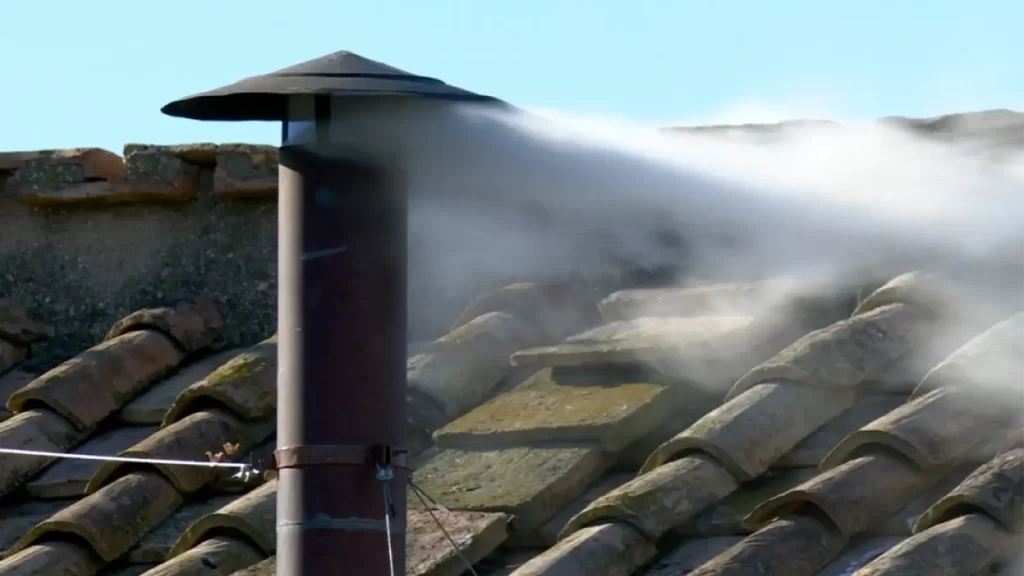
One of Leo XIV’s most outstanding strengths is his ability to communicate in multiple languages: he speaks English, Spanish, Italian, French and Portuguese, and is fluent in German and Latin. This has enabled him to build cultural and pastoral bridges in different regions of the world.
Prevost also has a discreet, sober profile, more pastoral than political, which has allowed him to establish solid networks in both America and Europe without great public exposure. His reserved style and his commitment to the ecclesial mission have made him respected even among the most conservative sectors of the Vatican.
Lights and shadows in his career
Not everything has been easy in Prevost’s path. During his time as bishop in Peru, some sectors questioned him for his alleged inaction in the face of allegations of abuse within his diocese. Although there are no formal charges against him, these controversies have generated some debate about his role in promoting greater transparency within the Church.
However, there are also those who see in him a leader with the capacity to face these challenges with humility and commitment, especially at a time when the Church is seeking to reconcile itself with its recent history and renew its bond with the faithful.
A Pope with a Latin heart
Although born in the United States, the new Pope has been described by many as “an American with a Latin heart”. His deep ties to Latin America, his fluency in Spanish and his sensitivity to the region’s cultures make him an especially significant figure for millions of Catholics on the continent.
His election also marks a symbolic moment for the Church: he is a Pope who has lived the realities of the global south, who knows the peripheries and who has opted for a closer, more participatory and supportive Church.


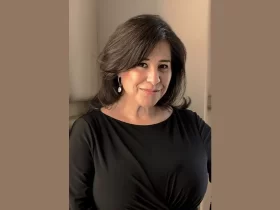
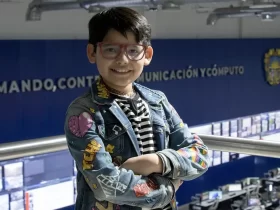
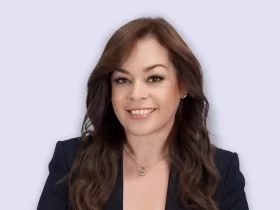
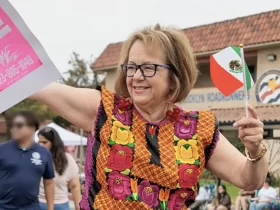
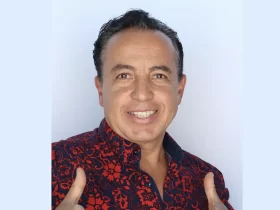
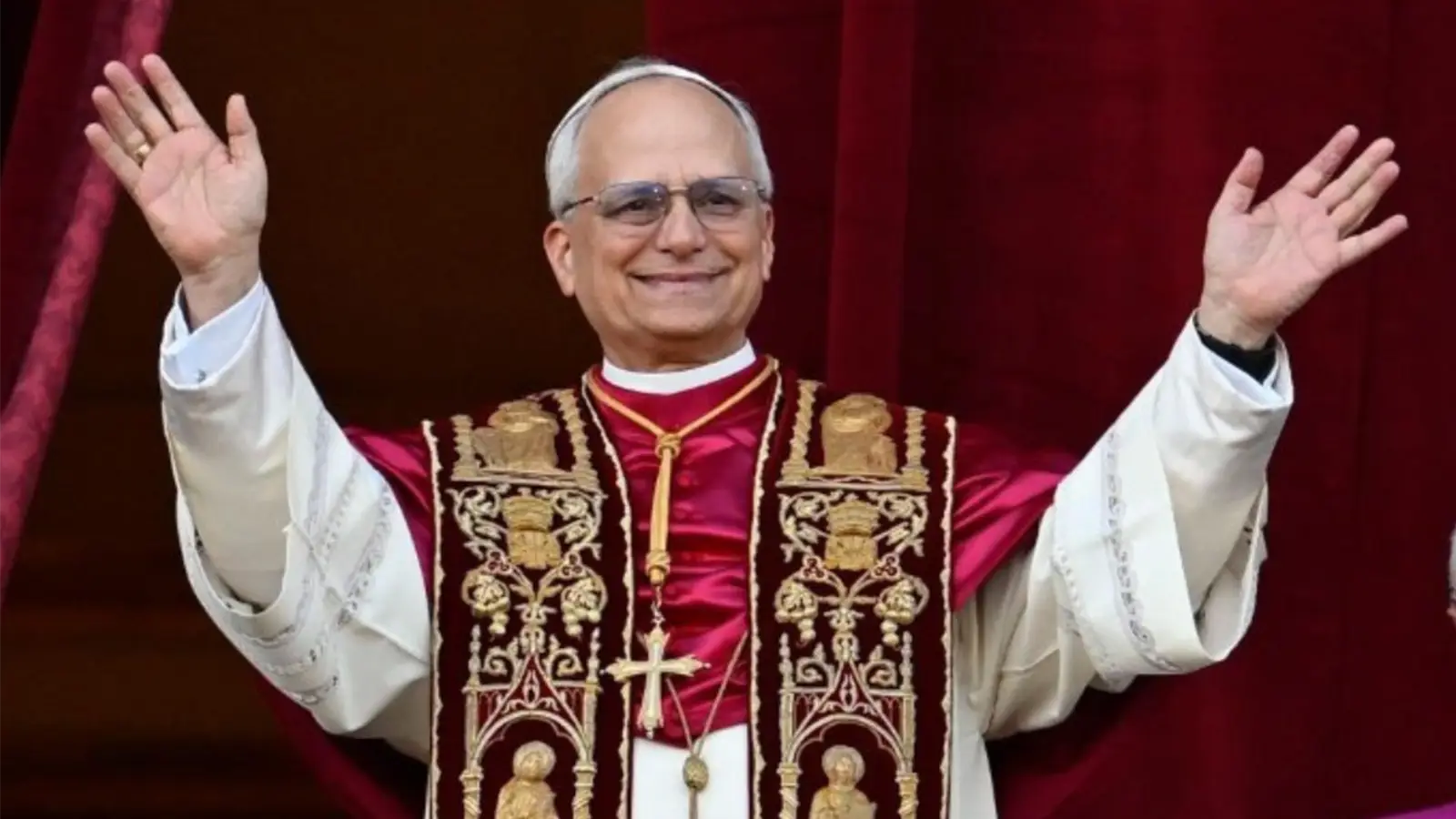
















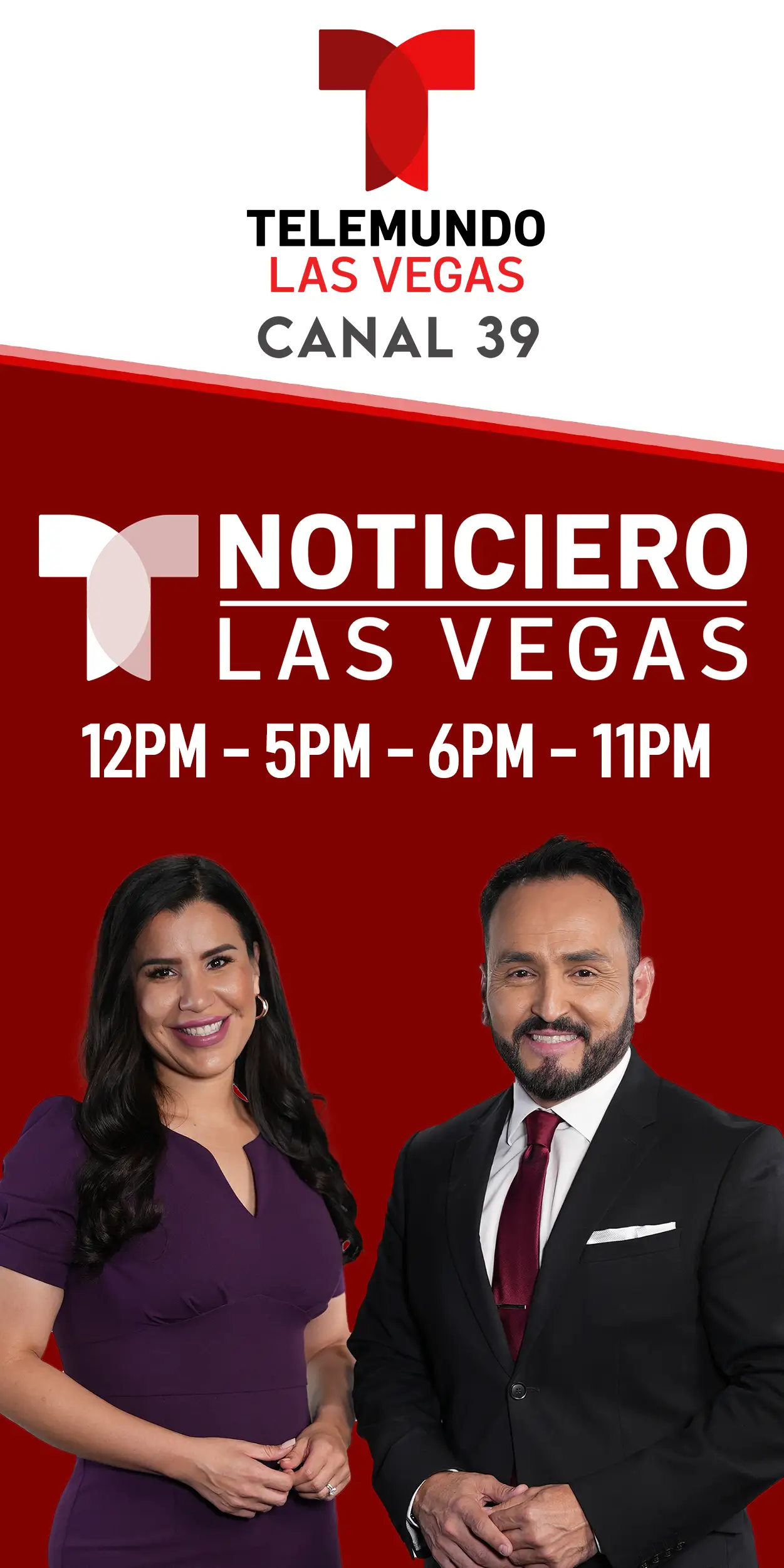
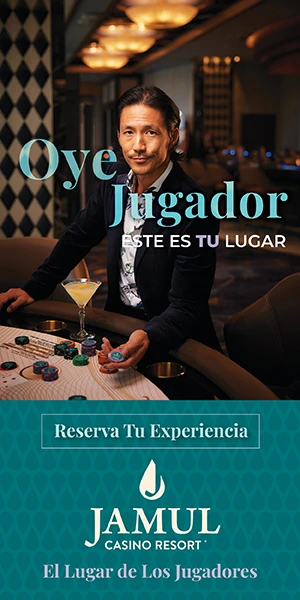
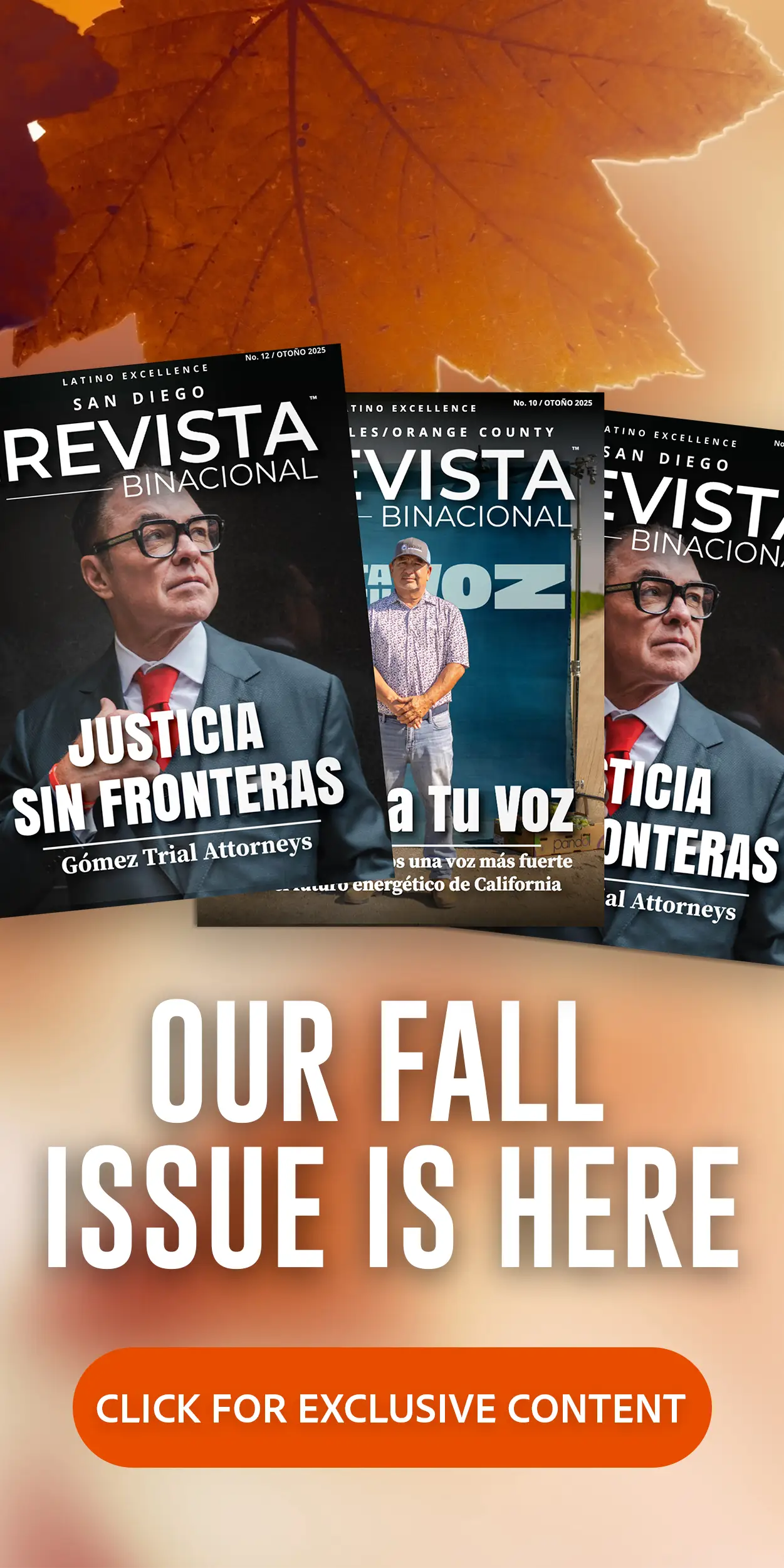
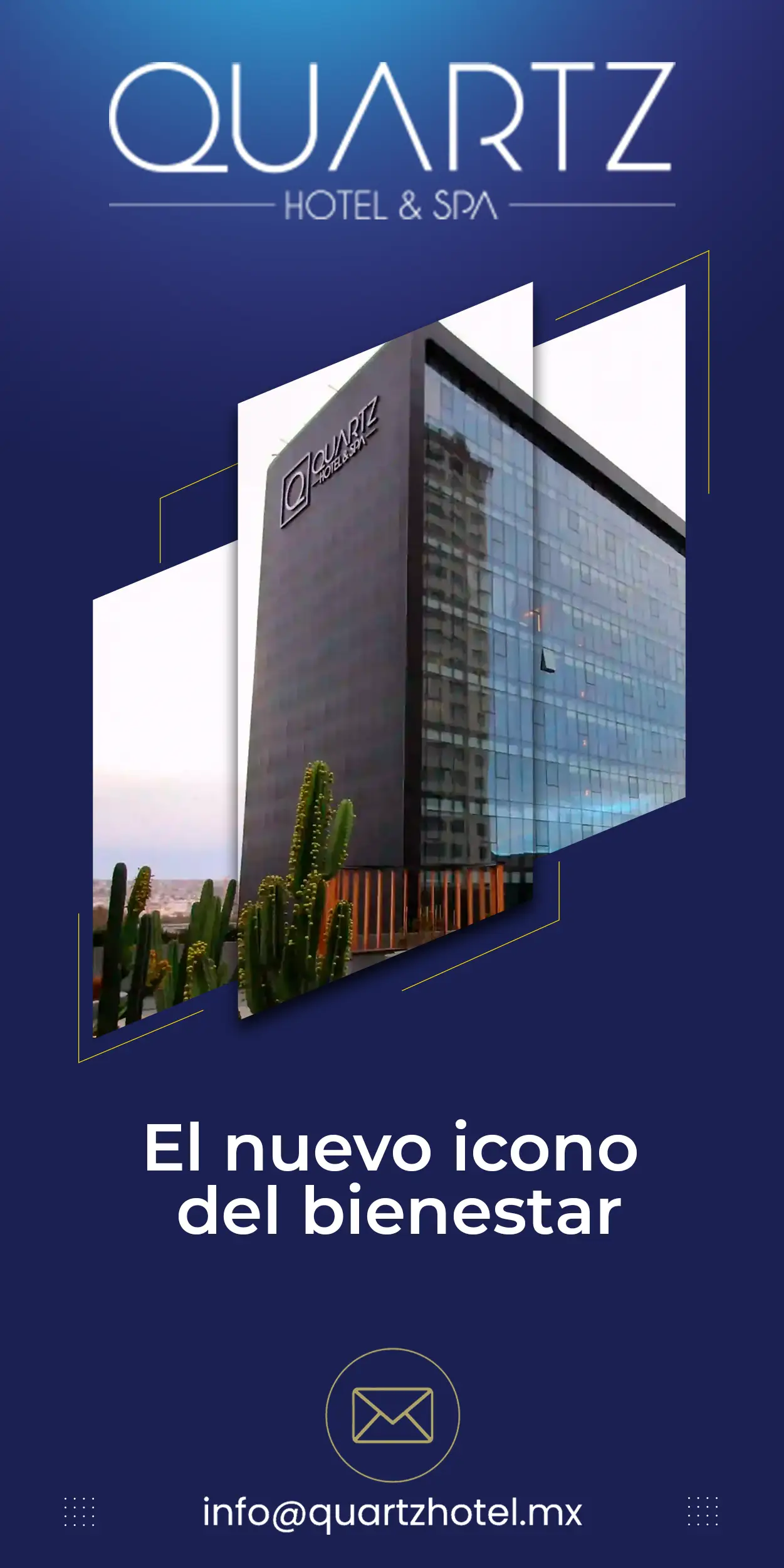




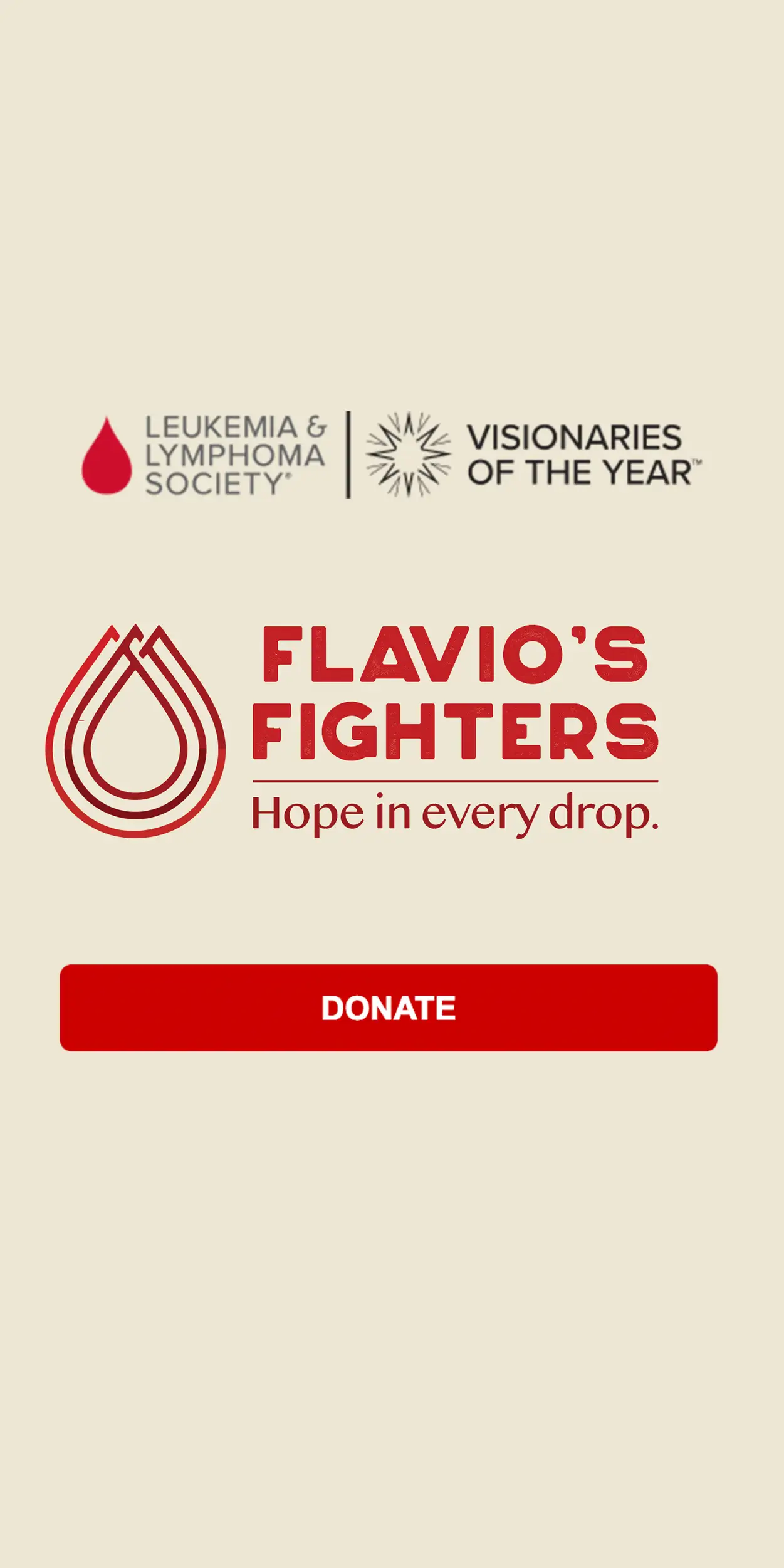



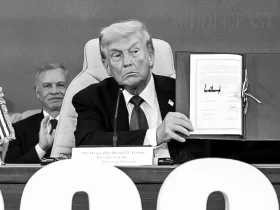
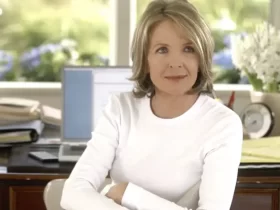
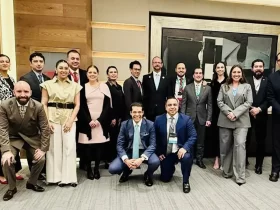

Leave a Reply